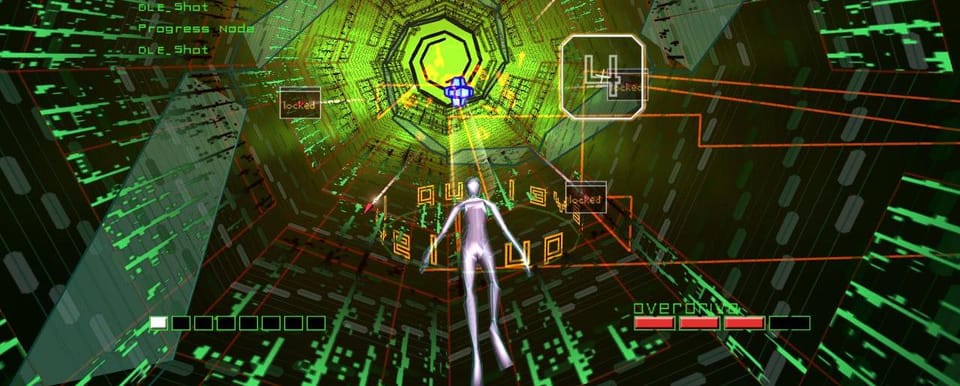Wearable tech could help erotic videogames become truly mature

This article is part of a series on the future of wearable technology produced with Intel iQ and PSFK.
Once computers stood on our desks, bringing a glut of information into the home while we tapped instructions through fingered keystrokes. Even with such rudimentary input, we sought a more biblical knowledge. 1982’s Night Life was the first commercial game to focus on explicit eroticism. Technology of the time limited player engagement to typed commands and wireframe images of conjoined bodies. Some three decades later, devices such as Oculus Rift can place us inside the gameworld, removing the distance between these imagined interactions and our own erogenous zones. The opposite is also true: Negipoyoshi, an engineer for NicoNico Douga, Japan’s popular video-streaming service comparable to YouTube, has designed an app using the Rift’s VR headset to project an augmented reality version of Hatsune Miku, the famed J-pop singer, into your very bed. The coming wearable revolution will only curb our desires less.
We already interact with today’s mobile games in terms approximating sensuality. We tap, pinch, swipe. Luxuria Superbia by Tale of Tales takes these mundane cues and builds a “game” that’s more erotic visualizer: You travel into an infinite void, caressing the walls of this floral tunnel to elicit spasms of sound and light. But it’s pure abstraction; you’re not touching another’s skin, just a glowing screen. The hope for erotic games in an age of wearable computers is to bridge that gap between imagined sensation and a tactile, physical response.
Durex is already experimenting with smartphones as accessories to foreplay. Its ‘Fundawear’ line of undergarments, in the prototype stage, are lined with sensors in various sensitive spots. Open the appropriate app on your phone and you can now “touch” your partner in real-time, from across the house or across the country.

But can a game ever simulate the real-world stimulation of a romantic partner? Christine Love isn’t so sure. “The biggest stumbling block facing erotic games is the simple fact that game developers don’t seem to be very good at depicting the erotic,” she wrote me via email. Love is known for visual novels like Digital: A Love Story, or don’t take it personally, babe, it just ain’t your story, which uses the frame of a popular social networking site to portray high school students dealing with sexual identity and their own confused feelings. Players engage with the story the (now) old-fashioned way, through words on a screen. There is no awkward physicality depicted: just the emotionally wrenching thoughts of your character.
“I’ve played very few games that actually depict sex in a way that’s anything but slightly off putting,” she writes. When asked to consider how wearable tech might provide a more realistic solution, she demurs, citing the underlying issue of narrative design. “I don’t think it really matters what you’re doing with a physical device,” Love explains. “If you have a fundamentally uncomfortable experience… you have a much bigger problem you need to solve first.”
Still, there’s hope for the future of erotic games. We just need to expand our notion of where to find those slippery sensations.
“The best sexual experience I’ve ever gotten from a videogame hasn’t been from anything trying to actually depict sex,” Love writes, “[but] from playing Rez with the Trance Vibrator accessory.” Rez is a 2001 game by Sega lauded for its electronic soundtrack and its attempt at synesthesia, where colors are felt and sounds seen. The action takes place inside a futuristic computer. Your character flies through the air shooting down cyber viruses, everything pulsing in time to the beat. The vibration accessory, about the size of a Walkie Talkie, plugged into the Playstation 2’s USB port; you were meant to place the device in your pocket or directly underneath you, with each shot fired sending a jolt your way. “With a physical peripheral, you don’t need to worry about making the player imagine the erotic; you have the ability to just touch them directly,” Love writes.
Her next project, Ladykiller in a Bind, is very much a continuation of the work she’s done, what she calls a “traditional erotic game.” But perhaps in a few years, the means will be there to make her audience feel something entirely different, in a surprising, sensual way.
“I think what’s really exciting isn’t going to be how we try to simulate existing experiences with that sort of technology,” she says. “It’s going to be what new ones we discover.”



